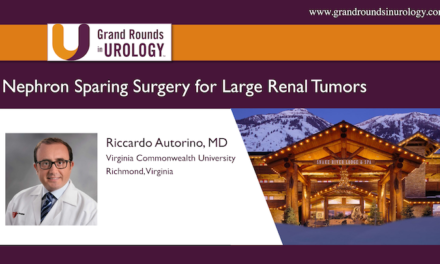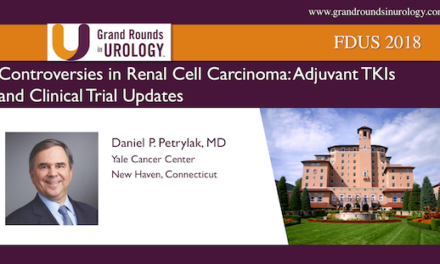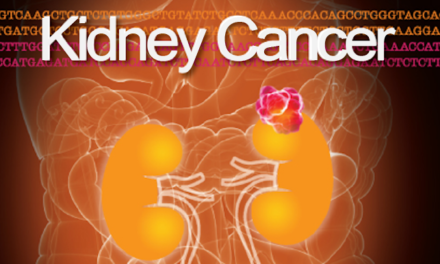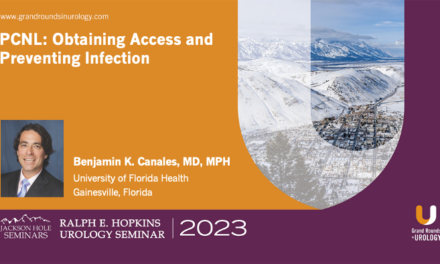
Quality-adjusted survival of nivolumab vs. everolimus in patients with previously treated advanced renal cell carcinoma (aRCC): a Q-TWiST analysis
Abstract
In the Checkmate 025 trial, nivolumab significantly improved median overall survival (OS; 25.0 vs. 19.6 months [mos]) and the objective response rate (ORR; 25% vs 5%) vs. everolimus in previously treated aRCC patients. The objective of this analysis was to compare the quality adjusted time without symptoms of disease progression or toxicity (Q-TWiST) between nivolumab and everolimus using Checkmate 025 data at a follow up of ≤45 mos.
OS was partitioned into 3 health states: time without symptoms of disease progression or toxicity (TWiST), time with grade ≥3 adverse event (AE) toxicity after randomization but before progression (TOX), and time after progression (REL). Mean Q-TWiST was calculated by weighting the restricted mean time spent in each health state by a utility of 1.0 for TWiST and 0.5 for TOX and REL. Sensitivity analysis was conducted to compare the Q-TWiST difference between nivolumab and everolimus at regular intervals from 6 mos up to 45 mos. Additionally, a threshold sensitivity analysis assessed the Q-TWiST difference when utilities of TOX and REL were varied jointly between 0 and 1. Analyses were performed for pre-specified subgroups (age [<65 vs. ≥65 years old], gender, region [United States, Western Europe, and others], previous antiangiogenic regimens [1 vs. 2], and Memorial Sloan Kettering Cancer Center (MSKCC) prognostic risk group [favorable, intermediate, and poor]). Relative gain in Q-TWiST (i.e., Q-TWIST difference divided by mean OS of everolimus) was calculated. A relative gain ≥10% was con-sidered clinically important.
In the intent-to-treat population, compared to everolimus, nivolumab patients had significantly longer TWiST significantly shorter TOX, longer but non-significant REL, and statistically significant improvements in Q-TWiST of 3.3 mos (relative gain:14.38%). The relative gain increased from 3.65% at 6 mos to 14.38% at 45 mos of follow-up. In threshold sensitivity analyses the Q-TWiST difference (and relative gain) varied from a minimum of 2.4 mos (10.45%) when the utilities for TOX=1 and REL=0 to a maximum of 4.2 mos (18.30%) when the utilities for TOX=0 and REL=1. Similar benefits favoring nivolumab were observed when patients were stratified by pre-specified subgroups (Q-TWiST gains ranging from 0.5 to 4.6 mos).
In Checkmate 025, nivolumab resulted in a statistically significant and clinically important gain in quality adjusted OS vs. everolimus among previously treated aRCC patients.
Authors: Shah, Ruchitbhai | Botteman, Marc | Solem, Caitlyn | Luo, Linlin | Doan, Justin | Cella, David | Motzer, Robert
Journal: Kidney Cancer, vol. 2, no. s1, pp. I-S50, 2018




